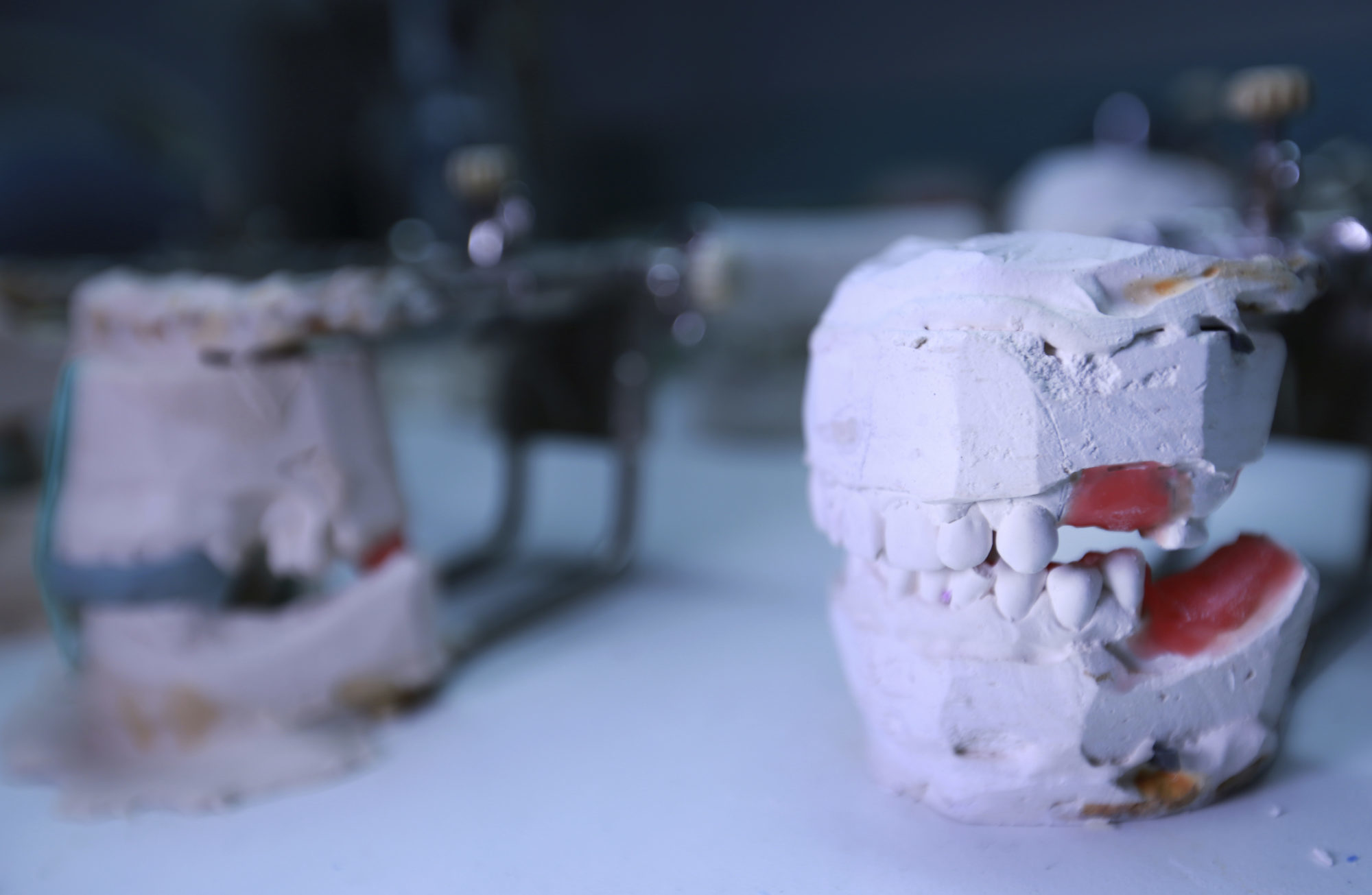Innocence Project Staff Achieve “Most Downloaded Article in Forensic Science International” Status
08.20.19 By Innocence Staff
Innocence Project staff members Glinda Cooper, director of science and research, and Vanessa Meterko, research analyst, jointly authored the article, “Cognitive bias research in forensic science: A systematic review,” in the esteemed peer-reviewed journal, Forensic Science International. Since its publication in April 2019, it has become Forensic Science International’s most downloaded article. Glinda drafted a short summary of their methodology and findings below. Access to the full article can be found here.
Can confirmation bias (the tendency for people to seek out and remember information that matches their initial impressions or beliefs and to discount contradictory information) affect the evaluation of forensic evidence? If so, are there ways to reduce its impact in casework? Those are the questions we set out to answer in authoring, “Cognitive bias research in forensic science: A systematic review.” To answer these questions, we gathered all studies we could find about confirmation bias in forensic science. We found 29 studies covering 14 different forensic disciplines (e.g., fingerprint analysis, handwriting analysis).
The results of the studies were very consistent: even well-trained, well-intentioned forensic scientists are not immune to confirmation bias, which can lead to inaccurate analyses. The studies further supported several measures scientists and laboratories can take to protect against confirmation bias. Many of these protections involve limiting the amount of unnecessary information that scientists receive. For example, a scientist does not need to know that a suspect confessed in order to compare that suspect’s handwriting sample to handwriting left at the scene of a crime. In fact, knowing that the suspect confessed might inadvertently influence the scientist to incorrectly conclude that the samples match. Another protection strategy is to use a forensic evidence lineup, much like an eyewitness lineup. If a scientist directly compares a crime scene fingerprint to a known suspect’s fingerprint, they might incorrectly conclude that the prints match. Embedding a suspect’s fingerprint in a lineup of other fingerprints can ensure that the scientist is not inadvertently influenced by the knowledge of which print belongs to the suspect. The Innocence Project encourages forensic science laboratories to adopt procedures like these that protect the integrity of forensic evidence.
Leave a Reply
Thank you for visiting us. You can learn more about how we consider cases here. Please avoid sharing any personal information in the comments below and join us in making this a hate-speech free and safe space for everyone.
September 14, 2019 at 12:47 am
August 28, 2019 at 12:16 pm
That should be titled “confirmation bias research” and not “cognitive bias research/” The latter is a lot more complex, and at its outer edges people can start to confuse it with other processes like coping mechanisms or fallible native cognitive heuristics.

I’ve always wondered why the scientist needs info on a case especially when it comes to DNA. Does it matter if the test for murderer or B&E? If the science itself doesn’t lie, that doesn’t mean a subconscious error cannot be made! Science is supposed to be object, and unable to lie but the human error due first impression, the emotions that come with difficult cases gives the science a clear bias. The bias may not be intentional, therefore harder therefore harder to detect or prove. Nobody should ever have to endure being charged with a crime they did not commit! I wish all of u who spend time righting an injustice the strength to keep going and patience to deal with imperfect (almost broken) system